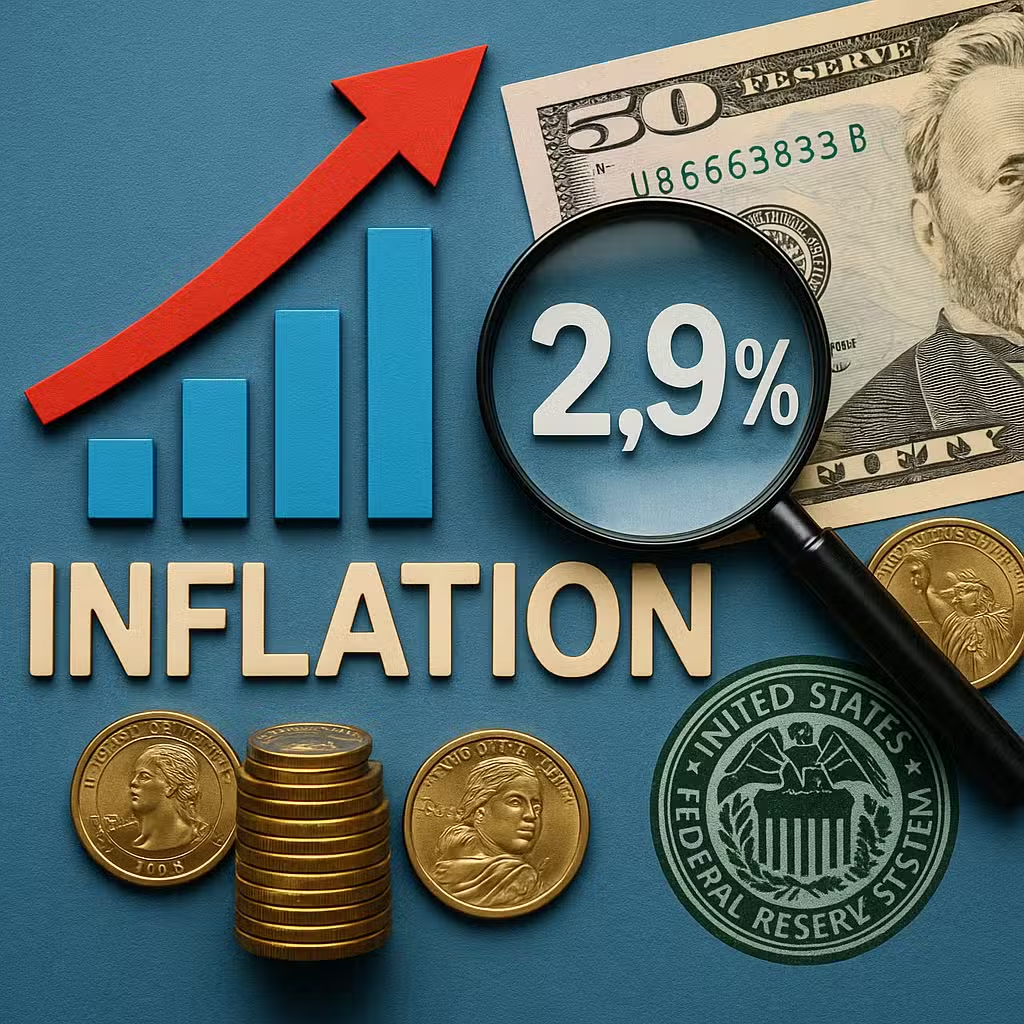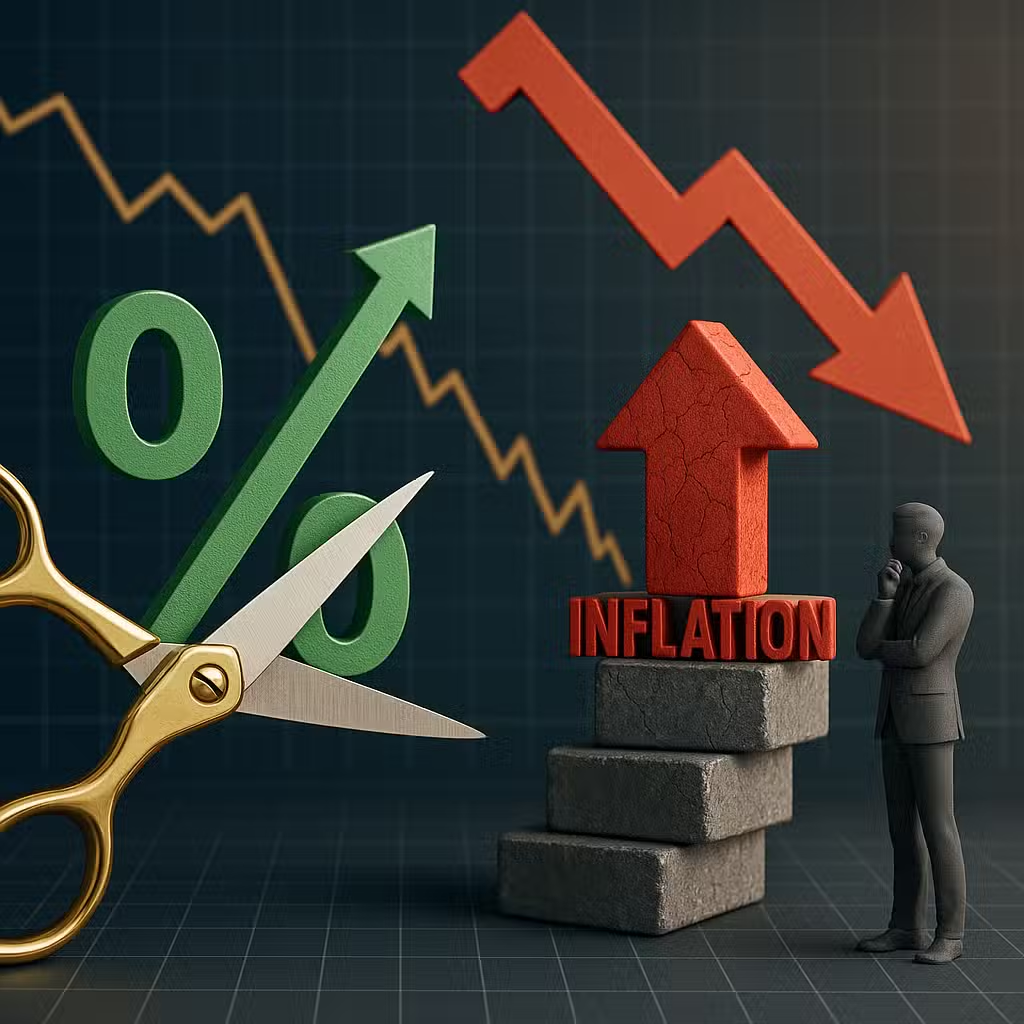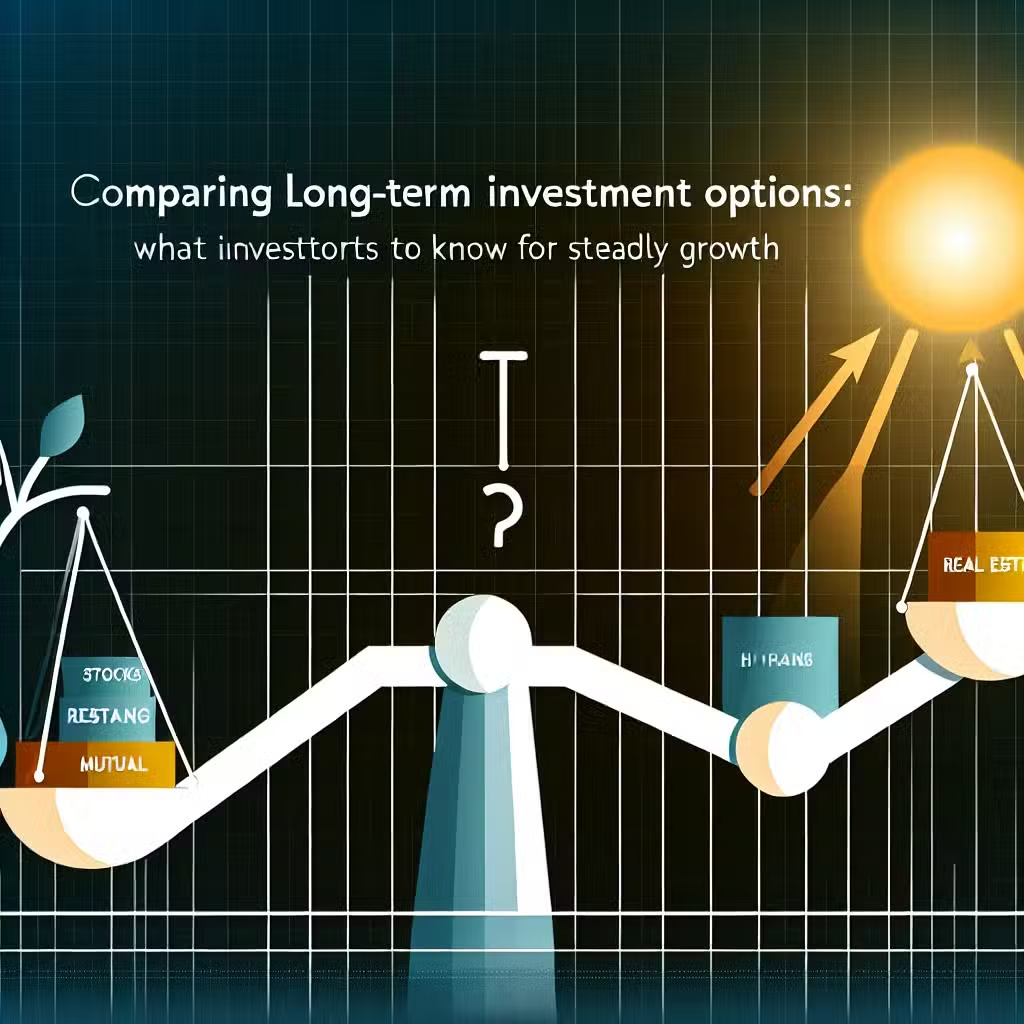Core PCE Inflation Holds Steady at 2.9% in August, Supporting Fed’s Careful Rate Approach
Think of inflation like a leaky faucet in your house—if it keeps dripping, your water bill goes up and fixing it gets harder the longer you wait. That’s why the latest news about inflation matters to everyone, especially investors.
Why Investors Should Care
The Federal Reserve (the Fed) wants to keep prices stable, aiming for 2% inflation. But right now, a key measure called core PCE inflation has been stuck around 3% for months. This means your money doesn’t go as far, and the Fed might keep making borrowing more expensive.
Good News and Bad News in Spending and Income
- Personal income (what people make) rose 0.4% last month, a bit better than experts predicted.
- Personal spending (what people buy) jumped 0.6%, also higher than expected.
- But here’s the catch: real disposable income—the money left after taxes and inflation—barely grew at 0.1%.
This means people are spending a lot, even though their paychecks aren’t growing as fast. That keeps prices from falling and makes it harder for the Fed to control inflation.
Sticky Services Inflation: The Fed’s Headache
Prices for things like food and gas have gotten a bit better, but services—like healthcare, rent, and financial help—are still getting more expensive. That’s because wages are rising and people really need these services.
The Fed watches this closely. If service prices keep rising, they might not lower interest rates soon. Investors hoping for cheaper loans or mortgages will have to wait.
Bulls vs. Bears: What’s Next?
- Bullish (Optimistic) View:
- Strong spending means companies keep making money.
- Stocks might do okay if consumers keep buying.
- No big surprises from the Fed, so markets aren’t panicking.
- Bearish (Cautious) View:
- High inflation could make the Fed keep interest rates high.
- This hurts bonds, especially short-term ones, because rates might not fall soon.
- If people spend more than they earn, they could run into trouble later.
For some perspective, the U.S. has dealt with “sticky” inflation before. In the 1970s, inflation stayed high for years and the Fed had to keep raising rates, which hurt both stocks and bonds. Here’s a quick look at what happened back then.
Sector Impact: Who Wins and Loses?
- Winners: Companies selling must-have services (healthcare, housing, utilities) could stay strong.
- Losers: Bond investors, especially those holding short-term Treasuries, may see lower returns.
- The U.S. dollar may not move much, since the news was expected.
Investor Takeaway
- Keep an eye on your bond holdings—short-term bonds may underperform if rates stay high.
- Watch sectors like healthcare and housing—they could stay strong if service inflation continues.
- Don’t expect big rate cuts from the Fed soon; plan for higher borrowing costs.
- Check your portfolio for balance—too much risk in one area can hurt if the economy slows down.
- Remember, steady consumers help stocks, but if spending outpaces income for too long, trouble could follow.
For the full original report, see FX Empire







